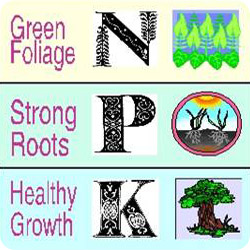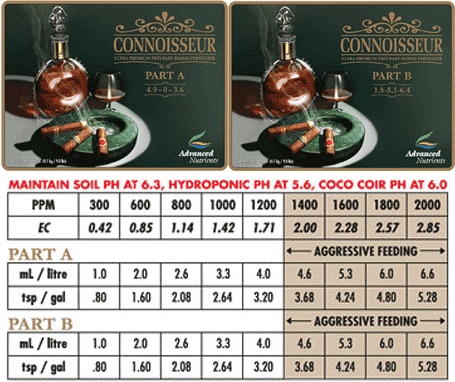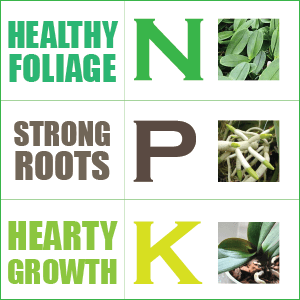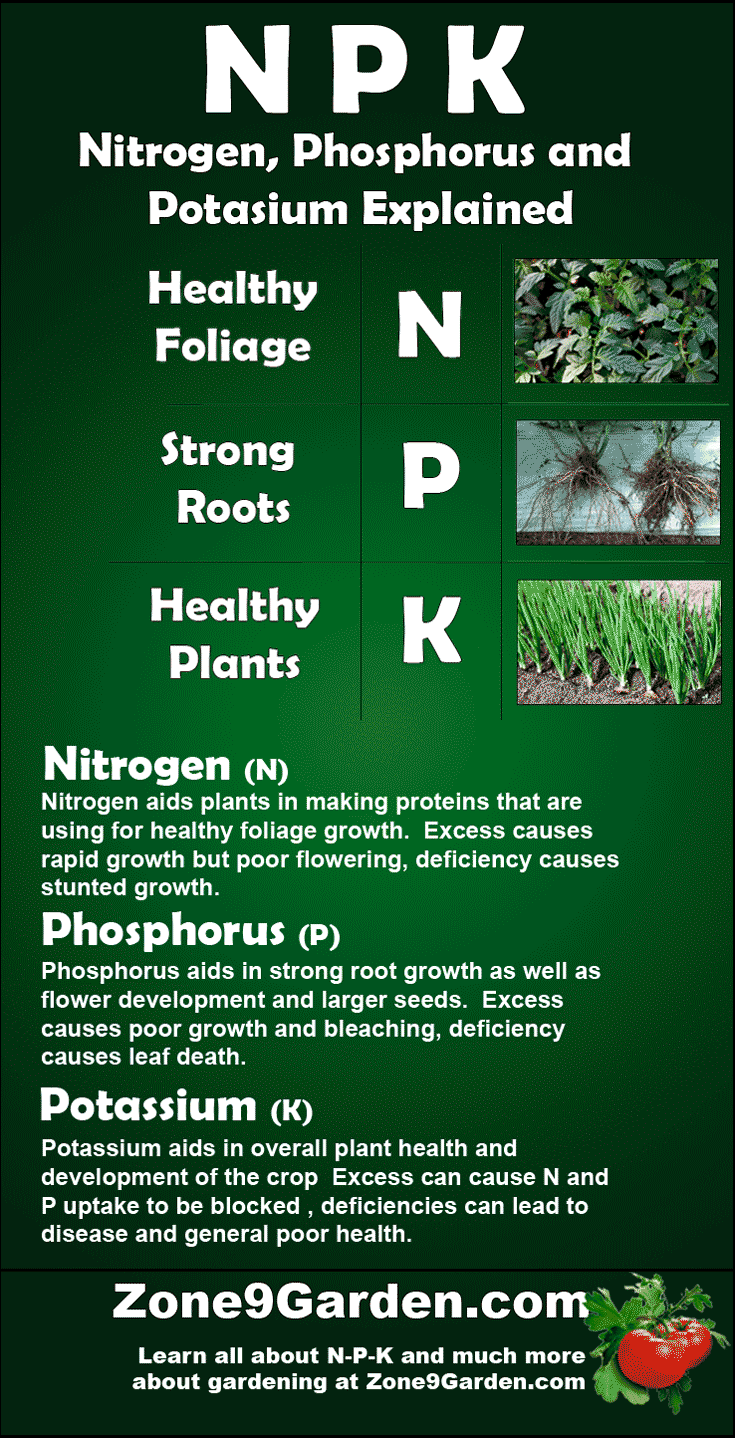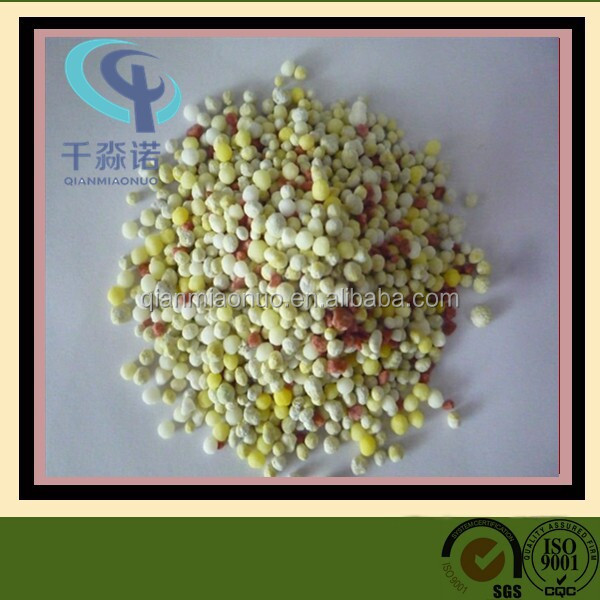NPK rating
Fertilizers are used for plant nutrition and contain as opposed to straight fertilizers several main nutrients.
Mineral fertilizers contain as industrial products in practice always impurities, often including several nutrient elements. Nevertheless, only those mixtures are expected to compound fertilizers, the nutrients in several essential - include shares - available to plants.
Fertilizer
Fertilizers containing nitrogen (N ), phosphate (P) and potassium (K), - the Kernnährelemente - contain, referred to as fertilizer or NPK fertilizer. Nitrophoska is the brand name of the first homogeneous complete fertilizer that BASF has brought to market in 1927. There are now many more composite fertilizers in solid and liquid form, even special garden fertilizer enriched depending on the purpose with other trace nutrients. The levels of core nutrients are thereby given in% of the commercially available reference base, for example ( 13/13/21 ). This statement indicates that the fertilizer 13% N; 13 % P2O5; 21 % K2O contains.
The following standard varieties are brought from different manufacturers under different brand names on the market:
- ( 13/13/21 ) colored red or in potassium in chloride form;
- ( 15/15/15 ) colored yellow or referred to, potassium chloride in shape;
- ( 12/12/17 2 ) colored blue, known under the brand name " blue corn ", as potassium sulfate, 2% MgO.
The advantage of compound fertilizer is the easy handling, the transportation savings as well as the high proportion of nutrients in relation to the expelled amount of salt. An important physiological advantage is the reduced total osmotic stress on the plants compared to lower-cost, fiber-rich fertilizers.
The disadvantage is the higher price per kg of nutrient and the specified ratio of nutrients among themselves in NPK fertilizers. Tend to predominate at larger acreage and cost-sensitive crops in agriculture, the use of fertilizers. In intensive crops, salt-sensitive plants, and under glass, however, fertilizers are preferred.
Two fertilizers
In addition to fertilizers and NPK fertilizers are two different forms of fertilizers or part fertilizers, partly with additions of micro-nutrients through a series of compositions in the trade. Here are some examples:
- NP fertilizer nitrogen phosphate (20/ 20);
- NK fertilizer, Stickstoffkali (20/ 20);
- NMG fertilizer nitrogen magnesium sulfate with Cu (20/ 8 0.2 ) Cu with 8% MgO and 0.2 %;
- PK fertilizer, Thomas phosphate potash (10/ 15);
- KMg fertilizer, potassium magnesium ( Patentkali ) 30% potassium sulfate, magnesium sulfate 10%



